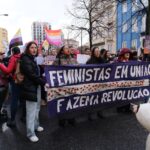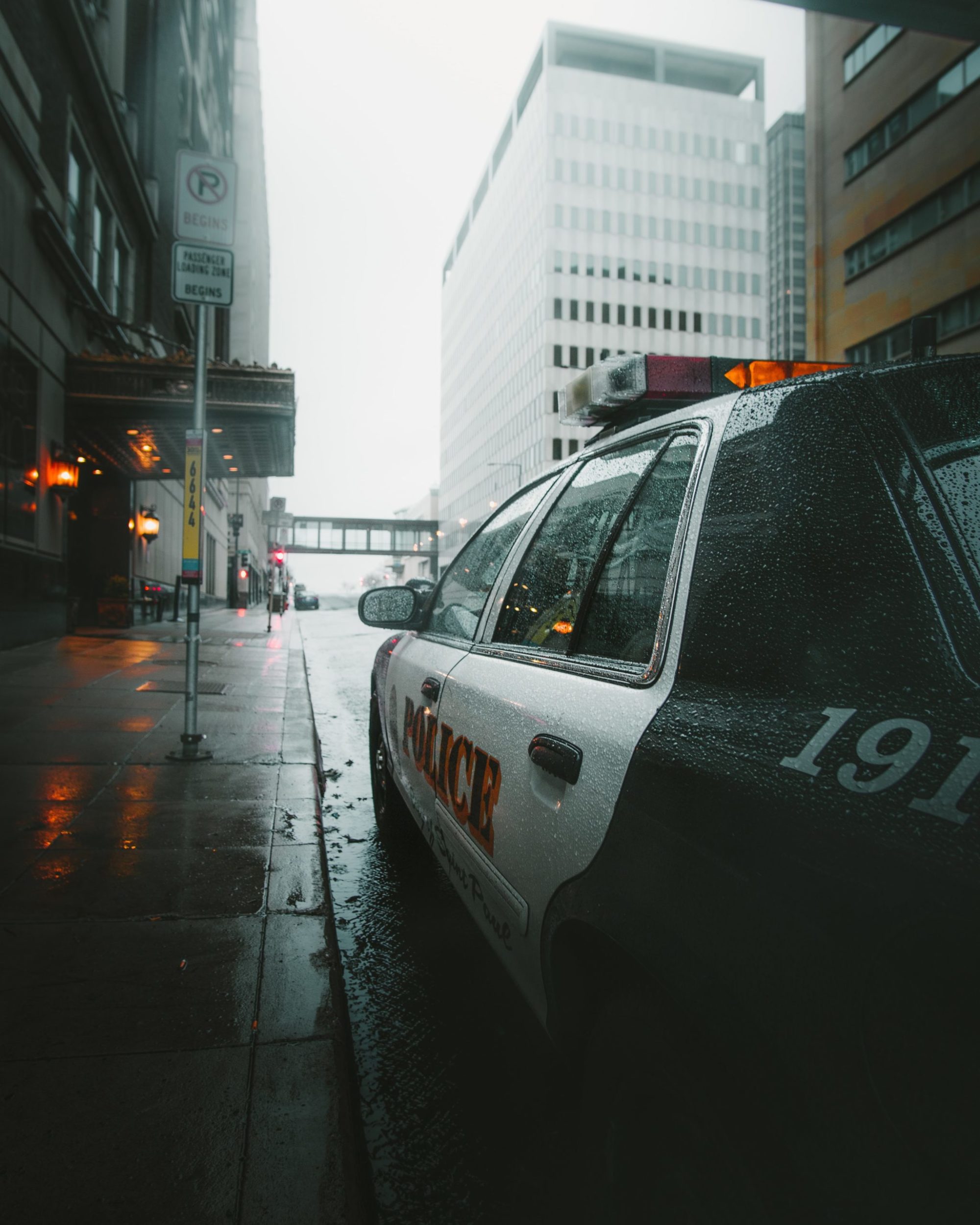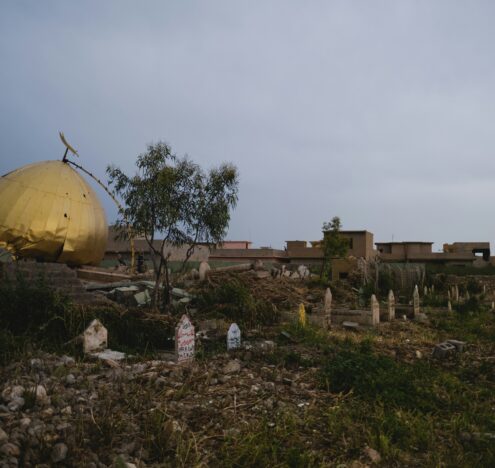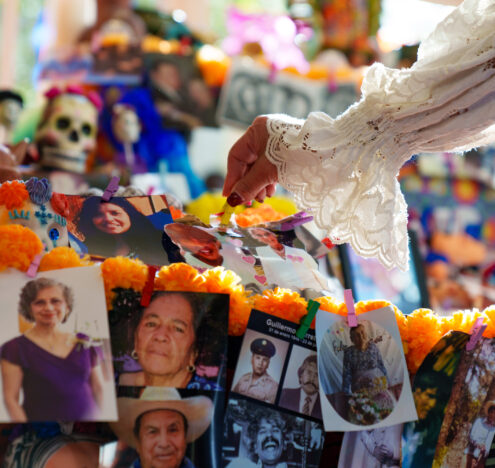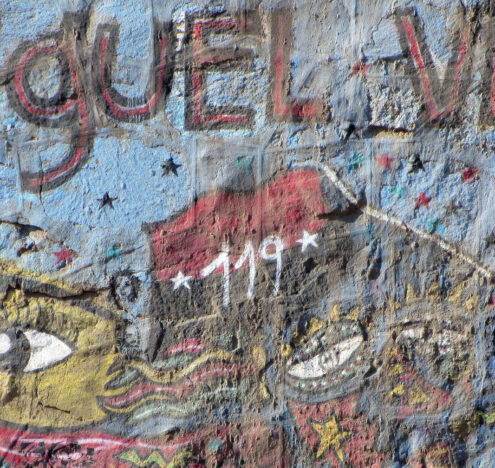In the past six years, police killed roughly 1,100 people annually — or three people a day — in the United States. The consistency of this rate is remarkable. Variations in policy, shifts in the number of police at the department level, and societal trends, including fluctuating crime rates or pandemics, have not significantly changed the aggregate tally of deaths. More than 2,000 people have been killed by police since George Floyd’s murder, with Black people killed at 2.9 times, Native Americans at 1.7 times, and Latinx people at 1.3 times the rate of white people.
The mass mobilization and protests that began in May 2020, ignited by the police killings of Floyd, Breonna Taylor, and a long line of others, were not simply a response to oppressive and unaccountable policing. Instead, studies have shown that many protesters saw a link between policing, the continuing effects of structural racism through all strata of society, general indifference to poverty, and high and growing racial and economic inequality. That is why a primary demand of protesters was for the authorities to reduce investment in police and use those funds to support communities in ways that could reduce inequality while simultaneously keeping people safe.
Yet, two years on, officials at every level of government throughout the country have largely made the political choice to do the opposite. They have disregarded protester demands, embraced the status quo, and in many places, increased police funding without making the investments that communities sought to address societal problems and violence.
DOUBLING DOWN ON FUNDING THE POLICE
Due to the COVID-19 economic crisis and the protests, about two dozen major cities reduced their fiscal year 2021 police budgets, though an even larger number of cities increased police budgets that year. Now, in nearly every one of the cities that made reductions, officials are boosting police spending.
Many officials claim the increase in police funding is a direct response to the rise in homicide in the US during the pandemic. But evidence on the relationship between policing and violent crime is very mixed.
Los Angeles cut $150 million from the police budget in 2020 but recently gave the department an 8.5% budget increase from 2021, driving the annual operating budget to nearly $2 billion. New York City shuffled its budget in 2020, shifting nearly $1 billion from going directly to police, but in 2021 the New York Police Department received a $200 million increase to its $5.3 billion operating budget, with Mayor Eric Adams promising further hiring this year. Chicago reduced police spending by $59 million in 2021 but announced a nearly $200 million increase in 2022, boosting the budget to $1.9 billion. Even Austin, Texas, which initially made the most drastic cut to police spending in the country, reducing the budget by 33% in 2021, has now increased funding to record levels, with police receiving $442 million or more than a third of the city’s 2022 operating budget.
In some cases, those in charge have made investments in alternatives to law enforcement. In New York, Mayor Adams has proposed allocating $55 million to expand a program intended to send social workers instead of police in response to mental health emergencies. In Oregon, voters passed a law in 2020 decriminalizing drug possession and embracing public health approaches to problematic drug use. However, spending on more policing far outweighs new spending on alternative approaches. For example, while the Biden administration’s FY23 budget allocates $500 million for community violence intervention programs, this is dwarfed by the over $32 billion allocated to new spending on police. President Joe Biden has also urged cities to use federal COVID-19 relief funds on police officers, and cities are following directions.
WHY BOOST POLICE FUNDING?
Many officials claim the increase in police funding is a direct response to the rise in homicide the country has experienced during the pandemic. But evidence on the relationship between policing and violent crime is very mixed. An extremely small amount of officer time is spent investigating violent crime. Moreover, studies that examine the relationship between the number of officers and violence do not consider the individual and community harm that arises from relying on stopping, citing, arresting, and locking people up rather than addressing extreme inequalities and the root causes of violence.
What we do know is that increases in the number of officers correspond with an increase in police contacts and misdemeanor arrests. These contacts and arrests fall disproportionately on those struggling with poverty and on Black and brown people. They make it harder for people to support their families and communities, pay their rent or mortgage, attend school, and maintain employment.
The recent increase in gun violence is traumatizing communities across the country. But fully funded police departments throughout the United States did not prevent this violence. The increase has coincided with a period of generational societal upheaval caused by the pandemic when uncertainty and vulnerability fell almost entirely on those with less wealth. The pandemic has only made things more difficult and has had a devastating impact on the economic and social rights of low-income people who were already struggling. Additionally, an unprecedented and consistent surge in gun purchases has occurred during this period.
IMPORTANT LINKS
Research indicates that crime and safety, systemic racism, and the growing burden of poverty and inequality are strongly linked in the United States. As the sociologist Patrick Sharkey puts it, “inequality creates the conditions for violence and violence amplifies inequality.” The United States is the wealthiest country in the world, but its distribution of wealth is more unequal than any other country.
Nearly one in five children live below the official poverty line. Racial disparities exist in every aspect of society, from housing and homeownership to education to employment to health. The median wealth of Black households is only 13% that of white households. Over the past decade, housing costs rose at three times the rate of wages.
Government officials are choosing to throw more money at police to address societal problems rather than putting that funding toward addressing underlying issues, such as poverty and inequality, mental health care and support, and substance use disorder. Studies show that investing in health care, housing, universal basic income, child care, universal pre-K, and public safety programs outside the criminal legal system infrastructure would reduce poverty and inequality, and research suggests, is likely to improve community safety. This choice indicates that those in power lack the will and courage to do what is necessary to realize basic human rights in the United States.
Rather than doubling down on a policing strategy that has failed to ensure community safety and often results in the abuse of human rights, the United States should invest in the social safety net at federal, state, and local levels as well as in community-based, non-carceral approaches to violence. Millions marched through the country, coalescing around a call to divest from police and support and build prosperous communities where basic needs and rights are met. To continue to prioritize funding for police while 12.5 million children live in poverty and inequality grows is a political and societal choice. But, as with any choice, there are other options. It only requires the determination to imagine something new.
Brian Root is the senior quantitative analyst at Human Rights Watch.













